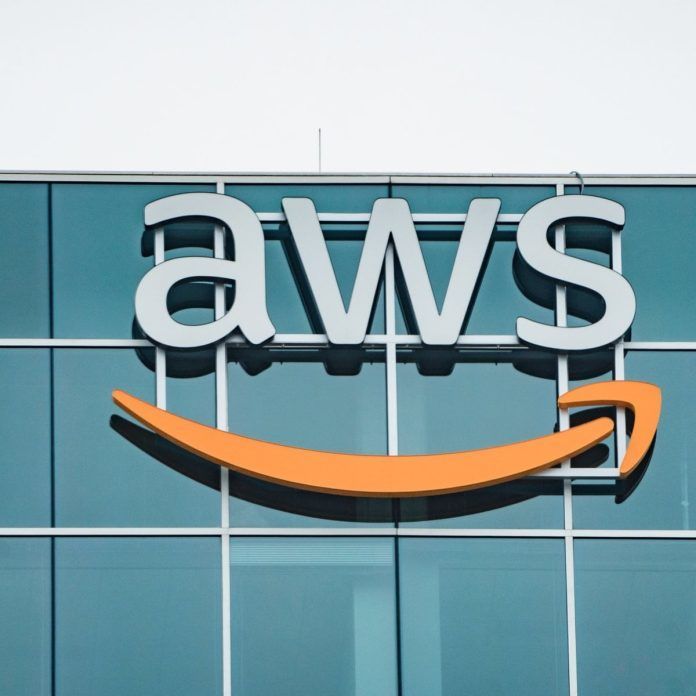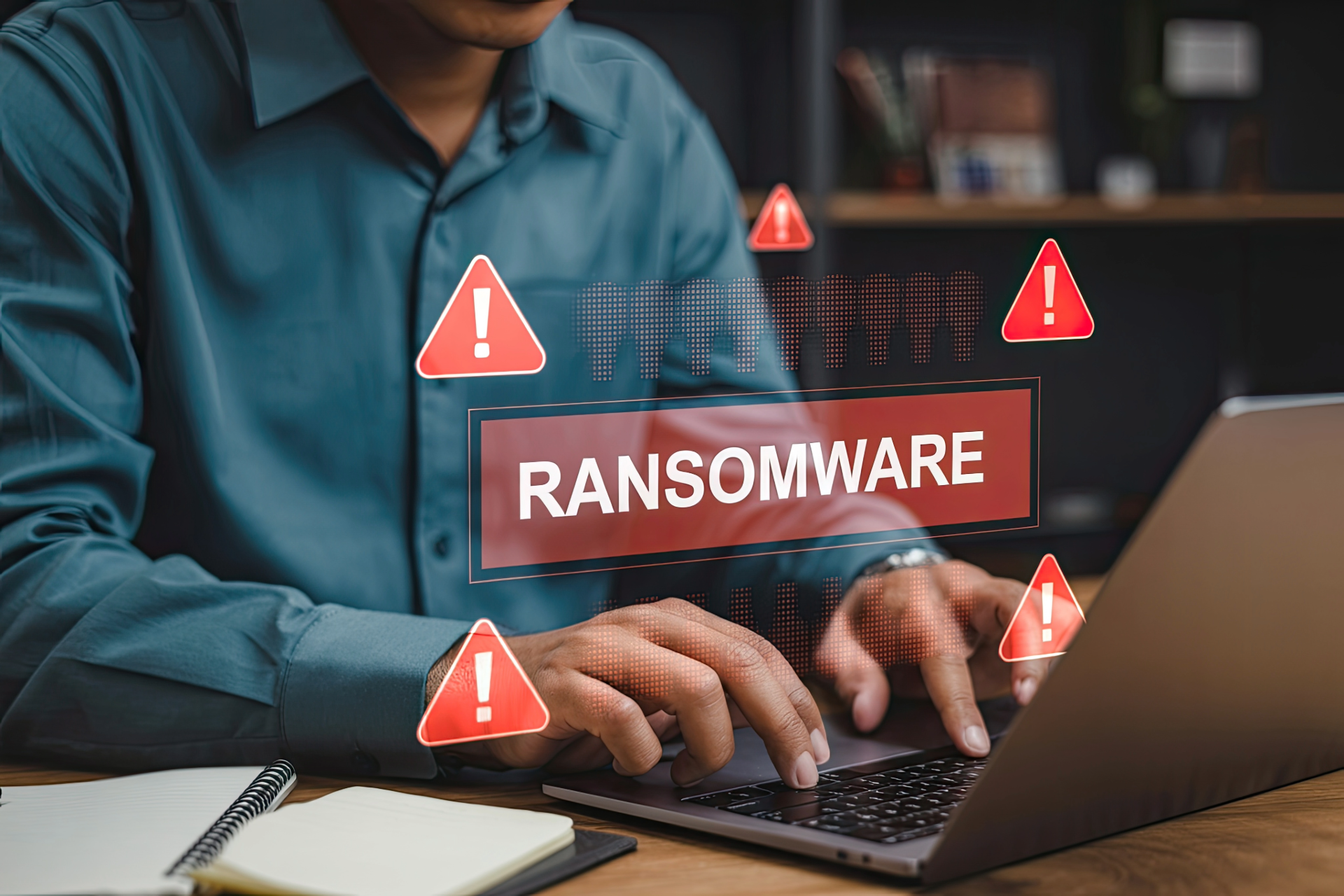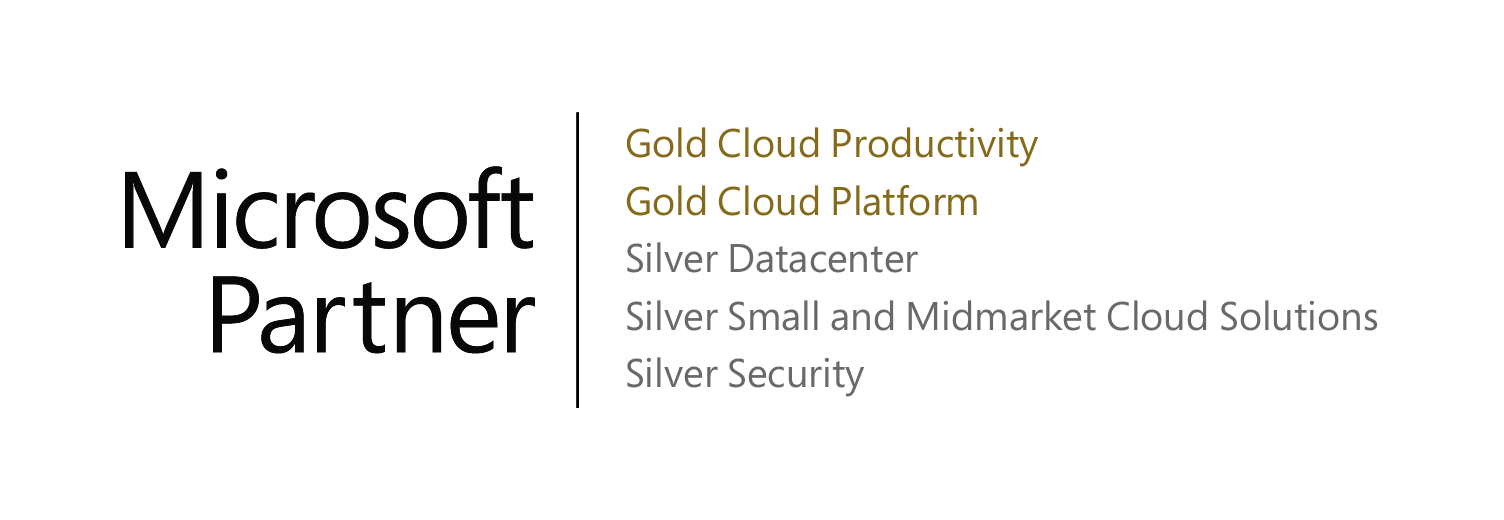Security is at the forefront of every business owner and IT department. For as little as 25 cents a day, your organization can dramatically increase your networks security. Below is a list of items to get you started, all for under 25 cents/day/user and some are FREE! Who doesn’t love FREE?
1. Train your end users (FREE). A great way to test out your end users is to run a phishing test. Phishing is the attempt to obtain sensitive information such as usernames, passwords, and credit card details (and, indirectly, money), often for malicious reasons, by disguising as a trustworthy entity in an electronic communication. 91% of successful data breaches started with a spear-phishing attack. Contact Us for a free phishing test.
2. Run your Office 365 Secure Score (FREE). If you are on Office 365, run your security score. If you aren’t on Office 365, you really need to be. Unless you are a Fortune 500 company, you aren’t providing the security that Microsoft is, Contact Us and we’ll get you migrated. Secure Score will provide you with a list of security recommendations that you can begin implementing to increase your score, thereby increasing your security. More details in this previous blog: https://www.akinsit.com/whats-security-score/. Some of these recommendations you can do now as part of your Office 365. Others may require Microsoft Enterprise Mobility and Security (EMS).
3. Purchase and Implement Microsoft Enterprise Mobility and Security (about $0.25/user/day). What can EMS do for your organization?
- Ability to Encrypt Emails: Quit sending credit card info unencrypted, EMS can automatically do this. Also, sensitive emails regarding HR or Finances can be encrypted either automatically or on the fly. I use this EVERY DAY!
- Multi Factor Authentication: Jaime wrote a great article on this https://www.akinsit.com/multi-factor-authentication)
- Detect who your riskiest users are: great blog by Chris on this https://www.akinsit.com/companys-riskiest-user/)
- Provide users with Single SignOn: One of my favorites. Ditch the passwords written on post-its and let your users sign in once to access all the websites they need to get their job done. This feature alone pays for the quarter!
- Protect documents using Data Loss Prevention (DLP): don’t let those sensitive or proprietary documents get into the wrong hands. EMS allows you to encrypt them in place and in transit and only allow the intended recipients to open.
4. Self-service password reset: Your helpdesk will love you for this. Allowing your users to reset their passwords themselves. Did you know on average 25% of helpdesk tickets are password resets?
5. Perform a Security Audit (NOT FREE): Performing a security audit will capture all of the weaknesses on your network. While this is not free, you get what you pay for. Contact Us or any other IT Security firm TODAY! One breach can bankrupt your business.




